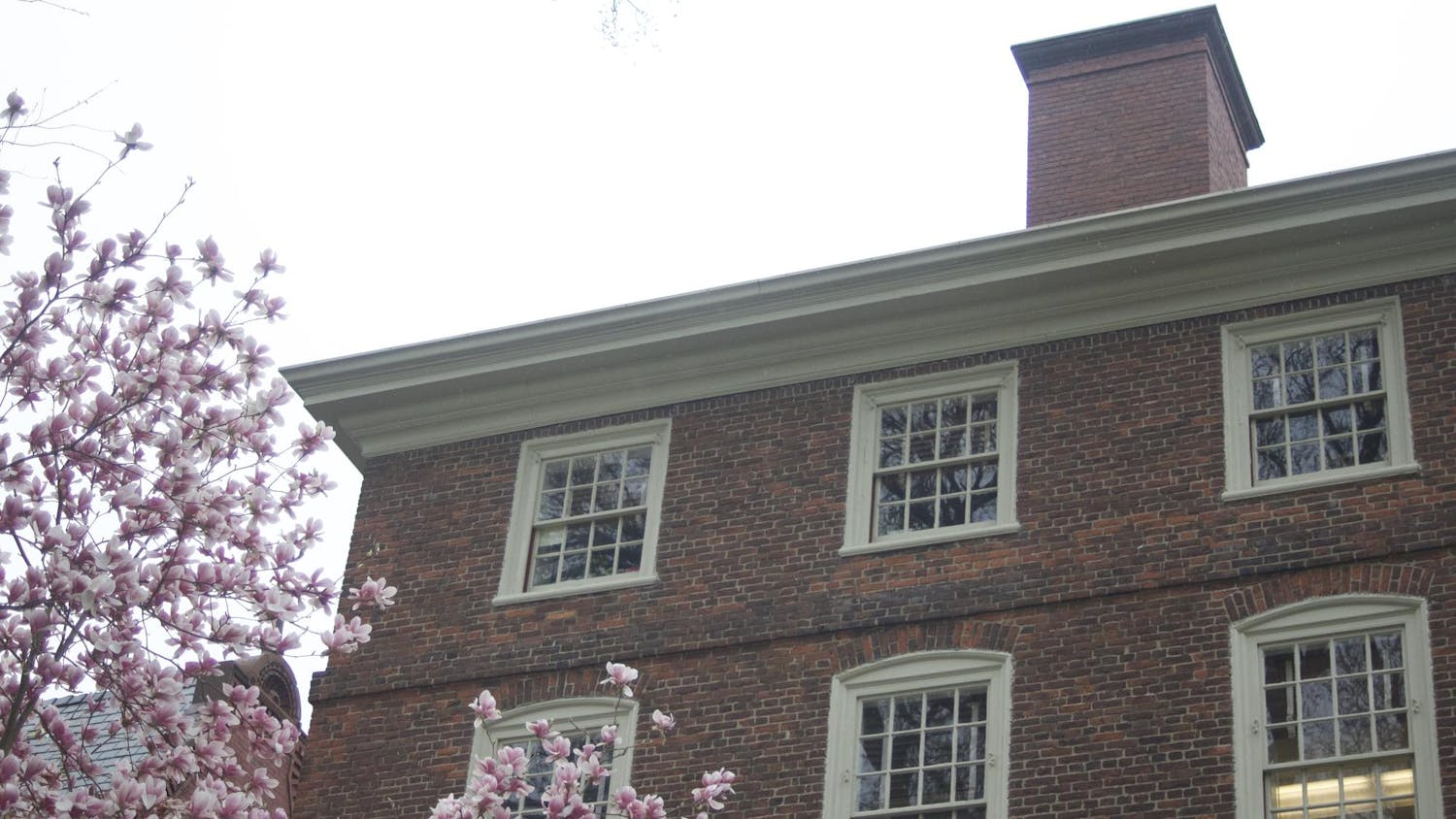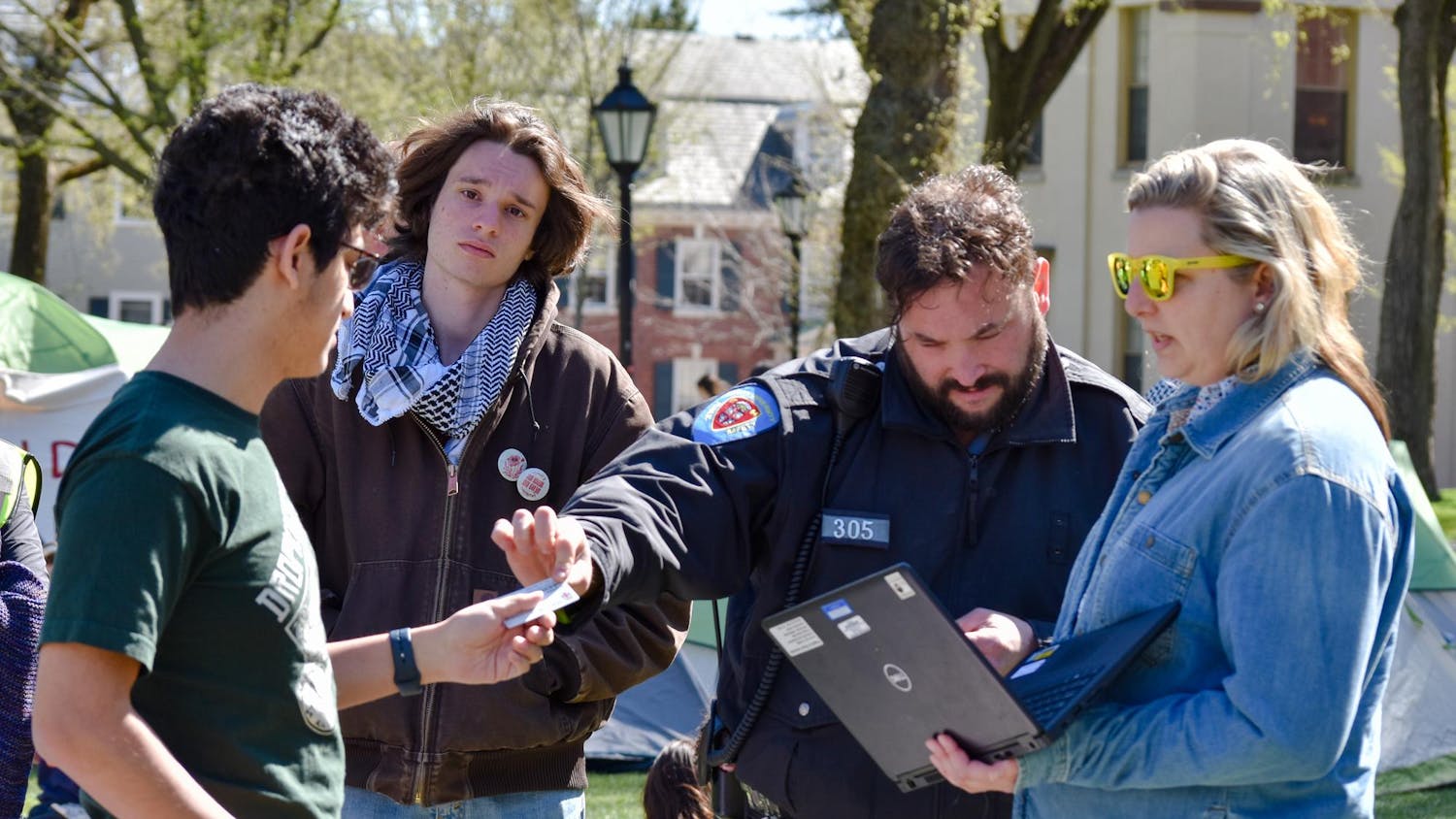About 65 percent of students think their classes are just right — neither too big nor too small — according to a recent Herald poll. Twenty-seven percent of students, especially first-years and sophomores, reported that their classes are too large.
This semester's largest class has 506 students and the smallest has one, according to Sherry Gubata, assistant registrar. Some introductory courses, such as ECON 0110: "Principles of Economics" and NEUR 0010: "The Brain: An Introduction to Neuroscience," consistently attract more than 400 students.
Bartosz Zerebecki '15, who is taking the introductory neuroscience course, and Karla Tytus '15, who is taking CHEM 0330: "Equilibrium, Rate and Structure," both said they think their classes are too large. Zerebecki said he thinks first-years are forced into taking large classes because upperclassmen have already pre-registered for smaller classes and are usually given preference when registering for seminars. Zerebecki added that he would like the University to offer more small seminars that first-years can take but are not limited to first-years.
Though many of the larger classes offer smaller sections, Tytus said her class would still benefit from more sections. She said her professor does not use a microphone during lectures, making it difficult to hear.
Juniors and seniors were more content with their class sizes. Rebecca Willner '12, a classics concentrator, said she has mostly taken small classes. She said having fewer than 20 students in a class leads to a "medium of having enough perspectives," but the amount of opinions is not overwhelming. Pablo Galindo-Payan '13, an economics concentrator, said classes that need to be small — such as upper-level economics seminars — are small, but some classes he has taken worked well as big lectures.
Seminars and language courses are generally restricted to 20 or fewer students, which can sometimes mean first-years and sophomores are not able to enroll. But Dominika Fiolna '14 said she thought there was no real solution the problem.
Fiolna also said her experience with smaller language classes has been consistently positive. Lynne deBenedette, senior lecturer in Slavic languages, said it is important for language classes to be small and that the University's cap of 18 is "a workable number" for professors.
Dean of the College Katherine Bergeron wrote in an email to The Herald that the University has consciously made an effort to limit class sizes. The Plan for Academic Enrichment has led to a greater enrollment in small classes by first-years and sophomores as the University has increased the number of faculty members and more first-year seminars have been added, Bergeron wrote. Eighty-five percent of courses have fewer than 40 students enrolled, and each department chooses the maximum number of students they want to have in their classes and which students can register.
Methodology
Written questionnaires were administered to 851 undergraduates Nov. 2-3 in the lobby of J. Walter Wilson and the Stephen Robert '62 Campus Center during the day and the Sciences Library at night. The poll has a 3.1 percent margin of error with 95 percent confidence. The margin of error is 4.3 percent for the combined subset of first-years and sophomores and 4.6 percent for juniors and seniors.
Find results of previous polls at thebdh.org/poll.

ADVERTISEMENT




